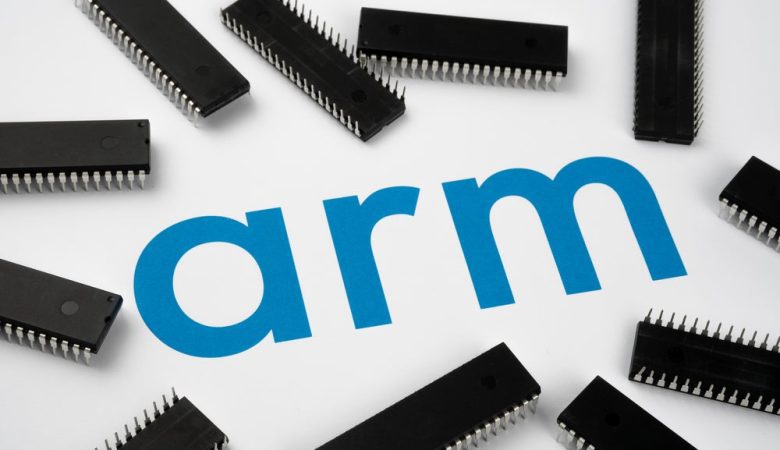
When you buy a wireless router, you must first identify what kind of router works well through walls . Faced with a variety of routers on the market, many people get messedup when they saw the numerous parameters, and became fooled by unscrupulous merchants. I think it’s better to teach people to fish than to teach people, so I wrote a buying guide to identify what routers have good wall penetration effects.
The wall-through effect we are talking about actually refers to the size of wireless coverage. The wireless coverage is mainly affected by wireless transmission power, gain, frequency band, and the wall material and thickness in the environment.
- Wireless transmit power :
The effect of the router’s wall penetration is good or bad, to a large extent, it is related to the wireless transmission power of the router. In general, the higher the infinite transmission power, the better the wall penetration effect. However, the state has clearly stipulated that the transmission power of wireless routers must not exceed 100mW. The electromagnetic radiation emitted by routers exceeding this value will cause damage to the human brain and nerves. Some unscrupulous merchants promote the effect of his router’s wall penetration, or it is fake propaganda, or it violates national regulations. If you want to signal or die, you have to choose.
- Router antenna gain:
If you want to buy a router that works well through walls, you need to understand wireless gain. Theoretically, the larger the antenna gain, the farther the signal travels. Common gains on the market are 3dBi, 5dBi, or 7dBi. The larger the value, the larger the gain, and the farther the transmission. However, this gain is linearly propagated by rays, and the larger the gain, the narrower the surface that can be covered, so the larger the antenna gain, the better.
Fortunately, smart routers (such as Xiaomi) with “beamforming” technology appear on the market, which enables the transmitting end of the wireless router to perform directional transmission according to the location of the receiving end, and more intelligently and accurately transmits the wireless signal to the user’s place.
- 2.4Ghz or 5Ghz:
It is not difficult to find that many wireless routers are in the 5G band. So is it better to have a 5G band router through the wall? In fact, 2.4G is better than 5G in penetrability. The advantage of 5G is that the transmission distance is far longer than 2.4G and it can transmit more information. If the space is large, it is recommended that you buy a dual-band router (both 2.4G and 5G support).
- Wall material and thickness:
If your home is not blocked by diamond cement filled copper walls and iron walls, I’m sorry, no matter how good the router through the wall is, it has nothing to do with you. Two load-bearing walls, one file, the signal will be greatly attenuated even with high-power routers. So when you buy a router, you need to know how many walls and load-bearing walls there are in your home. If there are too many walls, you can extend the signal by installing a wifi signal amplifier.
- Make no mistake, that “M” is not “meter”!
Attention! The propaganda title of the 1200M or 300M router that we see on the e-commerce website is not the number of meters that the model can spread, but the transmission speed is 1200 or 300 megabits. Don’t be confused by this number.
What kind of router works well through walls? After reading this buying guide, have you been unable to resist the urge to “fish”? Hurry up and try a wave!











